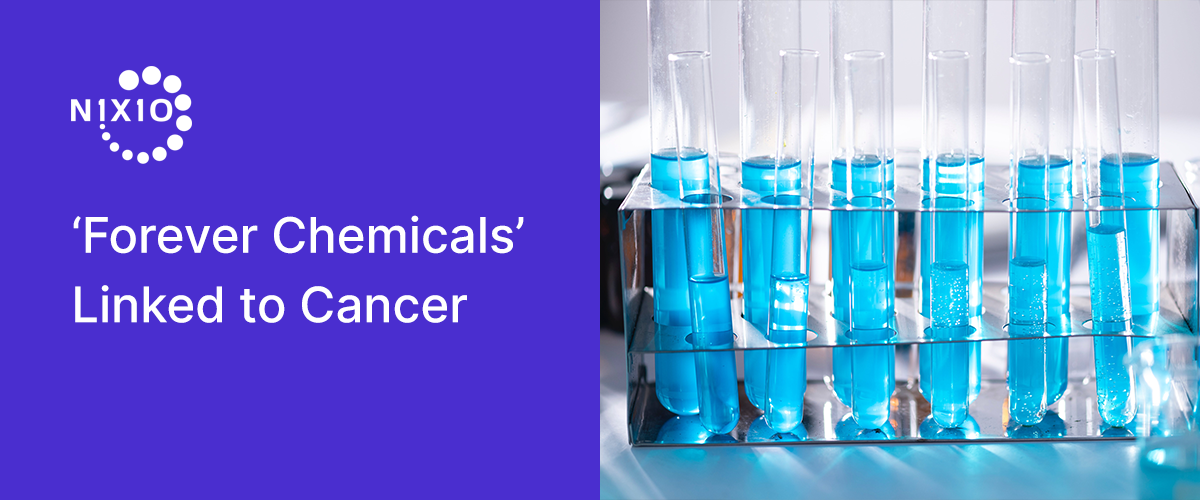December 2023 | George M. Pikler, M.D., Ph.D., FACP
Prostate and breast cancer are both hormone-mediated cancers, as are other less common cancer types including ovarian cancer, endometrial cancer, testicular cancer, thyroid cancer, and melanoma. Endocrine disrupting chemicals may affect hormone pathways in the pathology of these cancers. Previous studies have shown that genetic heritability does not fully explain the incidence and outcomes of these cancers, thus multiple environmental and social factors are likely to be involved in the initiation and progression of these diseases. Therefore, identifying environmental insults that impact these hormone levels may be important for discovery of new cancer prevention and mitigation methods.
Many environmental toxicants have been identified as endocrine disruptors, known as forever chemicals: a sprawling family of several thousand synthetic compounds officially called poly- and perfluoroalkyl substances (PFASs). They have been added to a dizzying array of consumer products ranging from plastic food/beverage packaging, candy wrappers, personal care products (dental floss, make-up), stain resistant fabrics, non-stick pans, to flame retardant furniture. However, the same ultra-stable chemicals whose desirable stain-, grease-, and water-resistant properties have made them ubiquitous are raising alarms over their potential to bioaccumulate and increase the risk of cancers, liver damage, infertility, and other serious medical issues.
Data from the National Health and Nutrition Examination Survey (NHANES), a United States nation-wide biomonitoring effort has demonstrated evidence of widespread human exposure to environmental toxicants. Its data, collected from 2005 to 2018 conducted a cross-sectional study evaluating associations between current exposure levels to phenols, parabens, and PFAS chemicals and previous endocrine-active cancer diagnoses.
Identifying environmental insults that impact these hormone levels may be important for discovery of new cancer prevention and mitigation methods. These efforts could include targeted environmental health interventions to reduce exposure to these chemicals in high-risk individuals or cancer patients, regulations to limit the exposure of these chemicals in the general population, and the replacement of these chemicals with safer alternatives.


